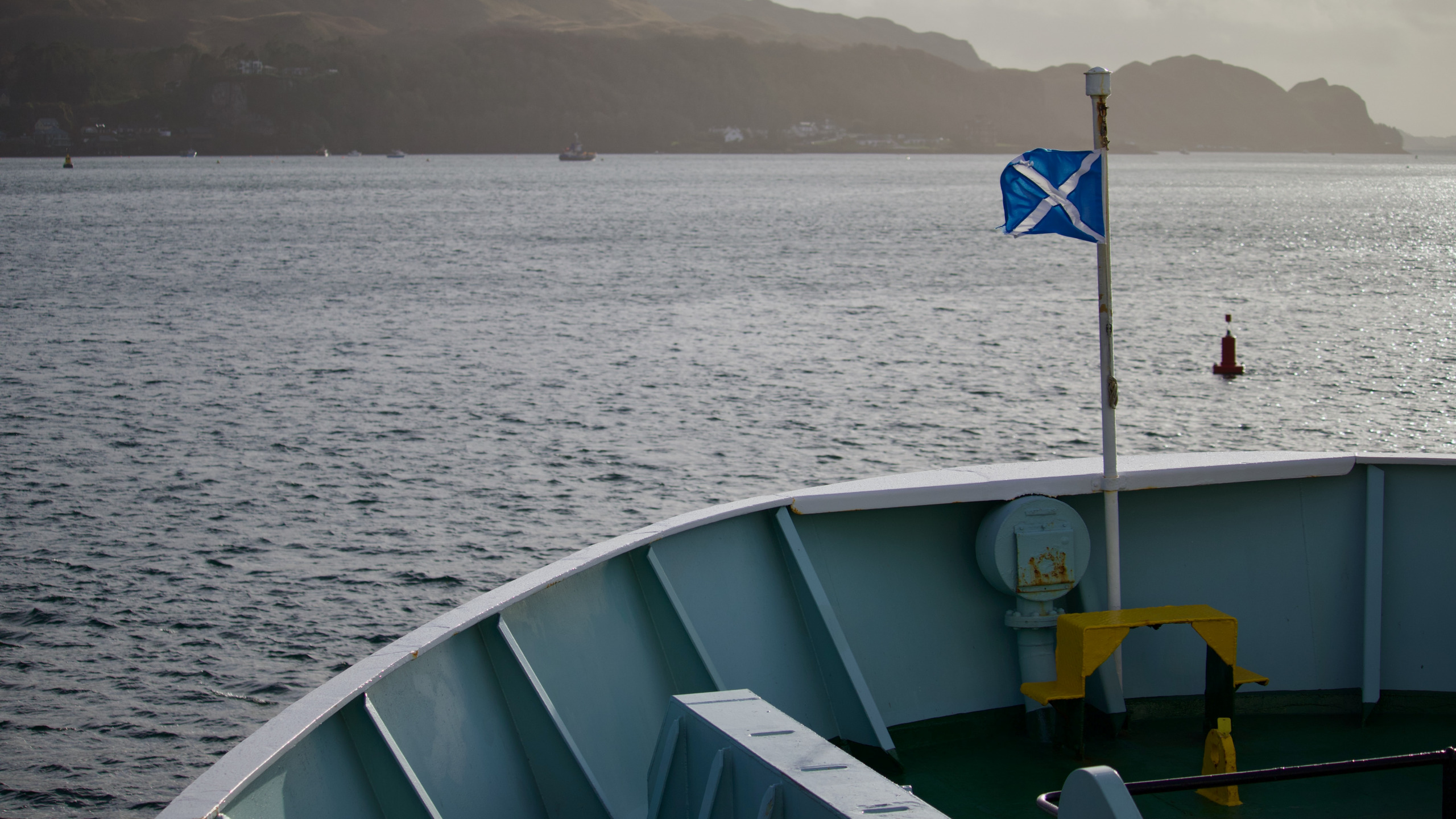Recently, criticism has been aimed at ferries operated by the state-owned company CalMac. The sort of ferry issues that affect it are the same as those affecting Northlink services to the Northern Isles, delivered by Serco, but those are not highlighted in the Unionist media. This week’s Shetland Times front-page story is a tale of woe over cost, lack of capacity and lack of places to sleep on the Serco overnight car ferry from Lerwick to Aberdeen – but none of that was picked up by Scotland’s Unionist media. We wonder why.
In comparison, a lunchtime bulletin on BBC Scotland recently featured a CalMac proposal to make tickets non-changeable, which is causing “anger on the island”. So let’s make a comparison the ferry journey to the Isle of Wight from Southampton is about the same distance as Oban to Mull – a flexible return ticket for the former costs more than £100 while to Mull, a fully flexible return with a car is currently just £37.
The Times and Sunday Times have run a series of front pages attacking the Scottish Government over ferries. Commentator Alex Massie accused it of a “disgraceful betrayal” of island communities. Little notice has been taken of ferry successes – such as the steady increase in the capacity of Scotland’s ferry fleet to meet rising demand, caused by the more vibrant economies of the islands. Recently a new ferry MV Loch Frisa started on the ferry route to Mull. Two new ferries have been commissioned for Islay and Jura – although they will be built in Turkey.
The massive success of RET has caused its own problems this policy of road equivalent tariff is supposed to mean ferries cost no more than a road journey of the same length. Due to petrol price increases, they now cost substantially less. The policy began in 2008 for just the Western Isles, Coll and Tiree. It was rolled out to several more frequent and high-volume routes, particularly Largs-Cumbrae, Wemyss Bay-Rothesay, Oban- Craignure and Mallaig-Armadale in 2015, and since then its huge success has created new issues, according to a Scottish Transport evaluation. RET has massively increased car traffic on these routes and the policy now costs more than £25 million a year to the Scottish Government in subsidy – that is more than £100 million every four years. An increase in cars on the roads boosts some forms of tourism but discourages others, such as cycle tourism. It also reduces the numbers using taxis on the islands. Public transport numbers are also falling on the isles, which in turn increases their need for subsidy.
RET encourages more Motor Homes blocking single-track island roads, day-trippers bring their cars and port towns on the mainland are increasingly clogged with traffic. RET is also increasing the wear and tear on ferry infrastructure and swamping capacity, making it harder for islanders to book travel at short notice and to bring goods on and off the islands. The massive success of this policy – which was intended to increase tourism – has brought problems of its own. Along with the need to reduce car transport to meet net-zero targets, this may be a push factor to come up with other ideas – such as offering RET only to islanders and blue badge holders and putting park-and-ride car parks outside port towns to encourage more visitors to leave their cars on the mainland. Things like subsidising electric bike rentals instead of car transport, for example, would be a greener option.






Leave A Comment